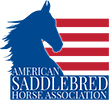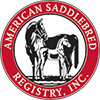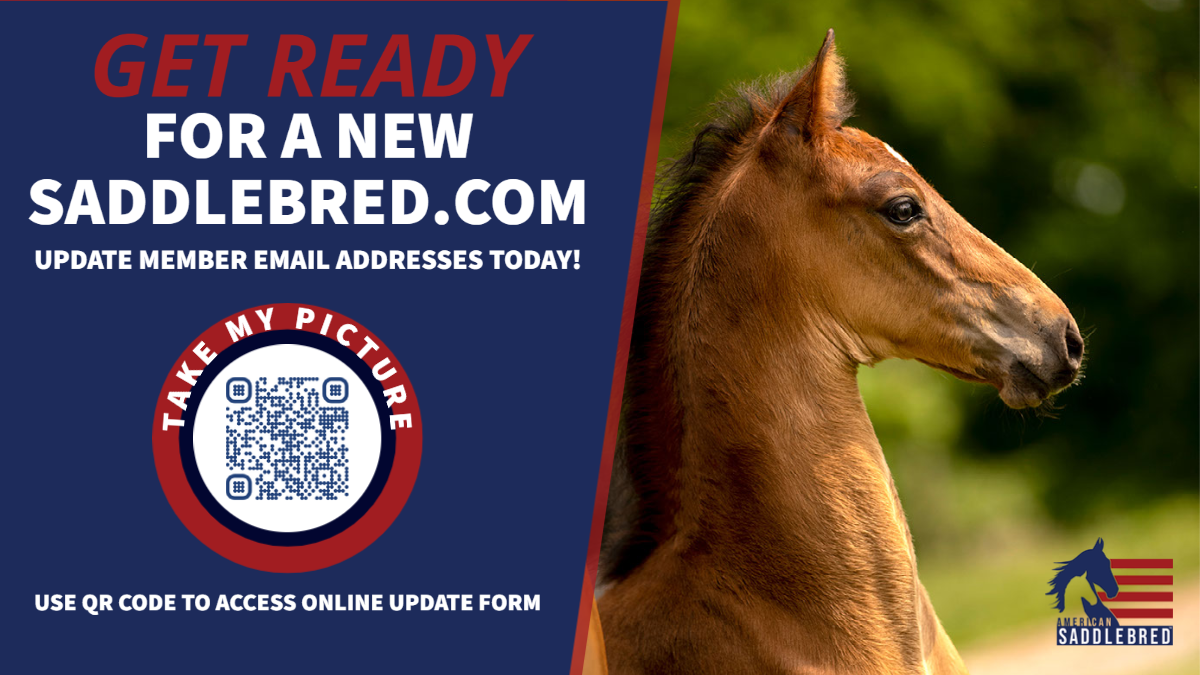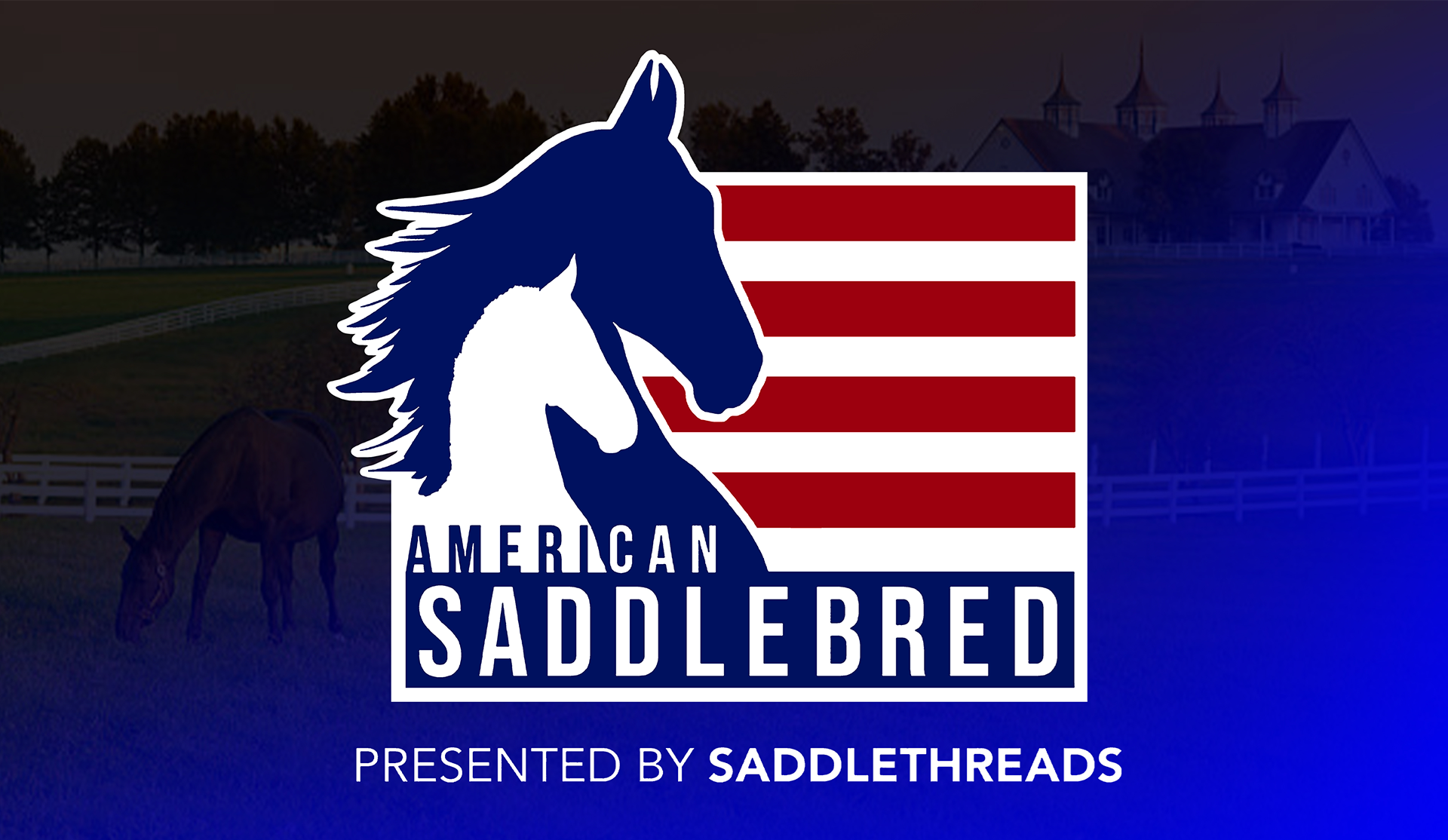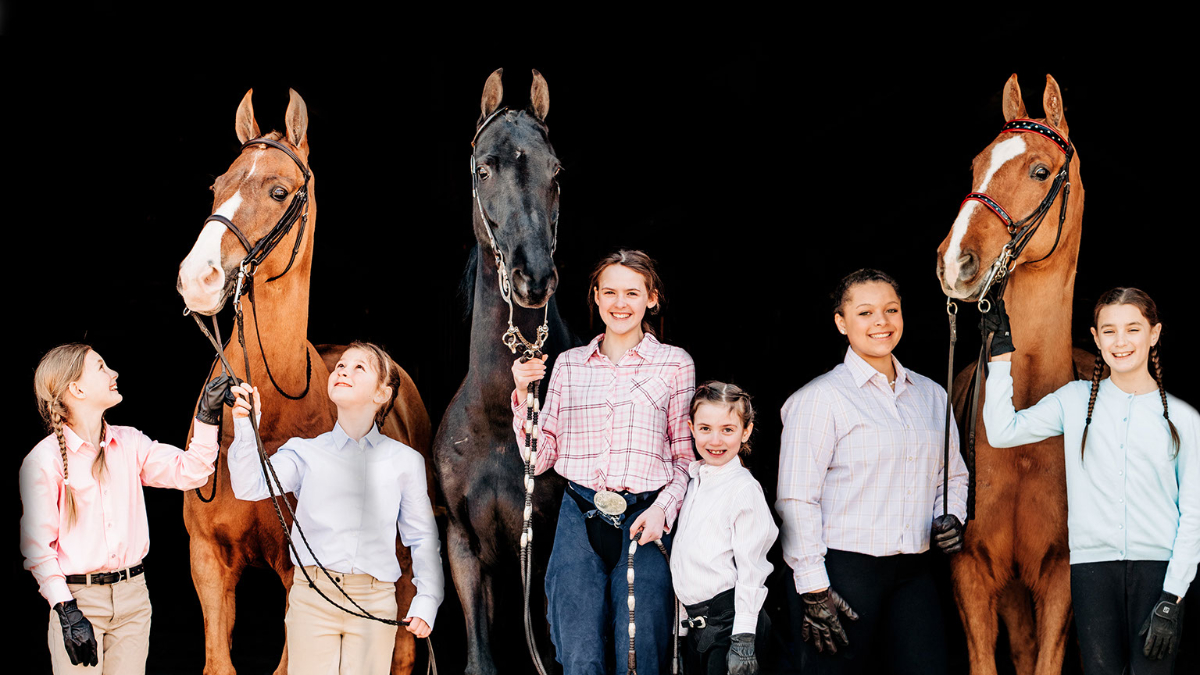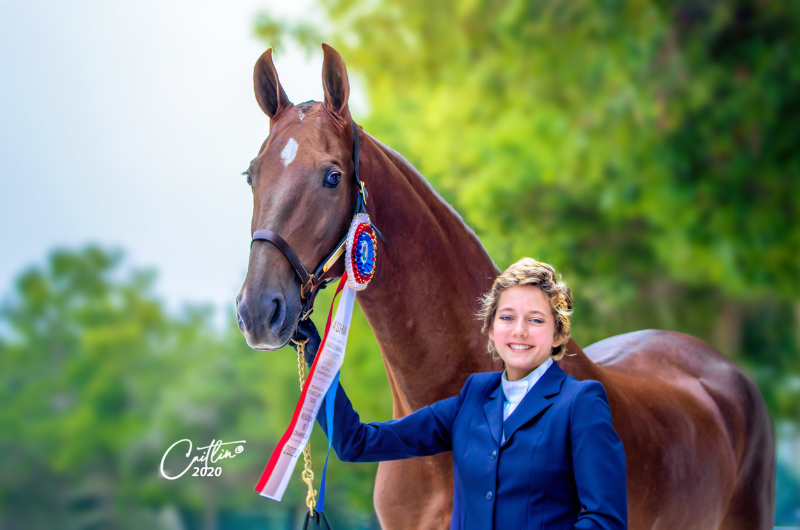ASK ASHA Program Q&A
The ASHA wants to share your conversations and knowledge with others who can benefit from the information.
Please designate a mentor and send us your question. Once we have received the answer, we will post it on the this page. You can also download the form, email, fax or mail your questions to us.
Question: Hi my name is Ashley! I am from Valley Veiw Farms in Canada. I currently gave a five gaited mare that I am working with that has a problem with sticking her tounge out when she is worked! She never seems to have it over the bit (I have checked every single time). I have tried just about everything that I can think of to help her keep her tounge inside her mouth, but nothing seems to be working! Do any of you have any suggestions?
Smith Lilly: Thanks for the question Ashley. I’ll bet your mare has lots of energy, those are the types that sometimes have “overactive tongue syndrome.” To solve your mare’s problem, let’s start with possible causes. The easiest to address is a need for dental work, so if you haven’t already done so, consult an excellent equine dentist and have your mare examined for issues that may cause discomfort in her mouth. Second, of course she is at least somewhat uncomfortable in the bridle or she wouldn’t be sticking her tongue out. I’m sure you have tried different bits. Often a 4-ring bar bit works well in a training bridle to help horses get more comfortable in the bridle. Perhaps a segunda mouthpiece would be worth a try. Whatever bit or bits you use, be sure they fit her mouth. Bits too wide or too narrow can cause all manner of negative consequences in bridling a horse. One of the best pieces of advice I ever received came from Johnny Lucas, who credited Carol Greenwell with telling him, “When you think you need a more bit, try less first."
From a training perspective, be sure to ride and train with the softest contact possible, and ask her to make her jaw relaxed and neck soft. As I discuss in detail in my book “Saddle Seat Horsemanship,” one of the most important concepts to grasp as a trainer is that the action of the rein must be felt throughout the horse’s body. Meaning a light touch on the bit is felt by the entire horse, from hind feet forward. If you take up the left snaffle rein, the horse’s left hind foot should step under his body, and vice versa. If there is stiffness or resistance anywhere in the horse’s body, the action of the rein will stop there. Often, resistances or stiffnesses elsewhere in the body will manifest themselves in undesirable behaviors in the mouth as well. So, train your horse to accept rein, seat and leg aids throughout the body, and become more supple and responsive. This is easier said than done, but will pay dividends in many, many ways.
Some horses, after good dentistry, proper bitting and excellent training, will still retain a habit of sticking their tongues out of their mouths, nearly always to the same side. For these horses, a tongue tie is useful to break the habit. I like to use a stretchy material such as a flat, 3/4 inch wide hairband to tie the tongue. Shoestrings can work, but I like something with elasticity. Don’t use anything too thin, as wider tongue ties are more comfortable for the horse. Tie the tongue lower than you think to prevent the horse putting her tongue out. I tie a tongue by wrapping the tie around the tongue once then taking the ends outside the mouth and tying a bow under the chin. For a more forgiving tie, you can tie to the cavesson (I do not recommend a tight cavesson as a solution to tongue issues, the restraint of the jaw usually makes matters worse). For a less forgiving (stronger acting) tie, double the tie, then wrap the tongue so that the center of the tie ends on top of the tongue. Then thread both loose ends through the tie at the center so that it is wrapped snugly around the entire tongue. Next, take one loose end outside the mouth on each side and tie under the chin as described before. Again, lower is better for preventing tongue lolling. I had one horse many years ago that needed his tongue tied in two places (higher and lower) to break the habit of sticking his tongue out. It did work, and I didn’t do it for more than a week or two.
I hope you find these solutions useful. Please check back in and let us know how your mare is progressing!
Good Luck and Good Riding,
Smith Lilly
Question: How can I improve my timing when taking photos of trotting horses?
Howard Schatzberg: They say "timing is everything" and in equine photography, boy is that true! The simplest way to improve timing is just practice, practice, and practice. Go to a schooling show or shoot at your barn while your friends or your trainer are working horses. In most disciplines of riding, usually the best and most balanced photograph is taken at the trot because it is a two beat gait. A simple train of thought that I used when I first started shooting horses at the trot or jog was to look for the front leg closest to you to be perfectly straight!
When that happens and if a horse is properly cadenced, that will give you the other front leg at its highest point. Some photographers do the complete opposite and shoot when the outside front leg is at its highest point. It sounds crazy, but simply watching a horse trot or jog and saying to yourself ‘Now, Now, Now, Now, etc.’ will help you visualize that shot. The only issue you may have is that many cameras simply have too much hesitation in the trigger to catch that immediately, so you may need to shoot early to make up for the lag time. Remember practice makes perfect!

